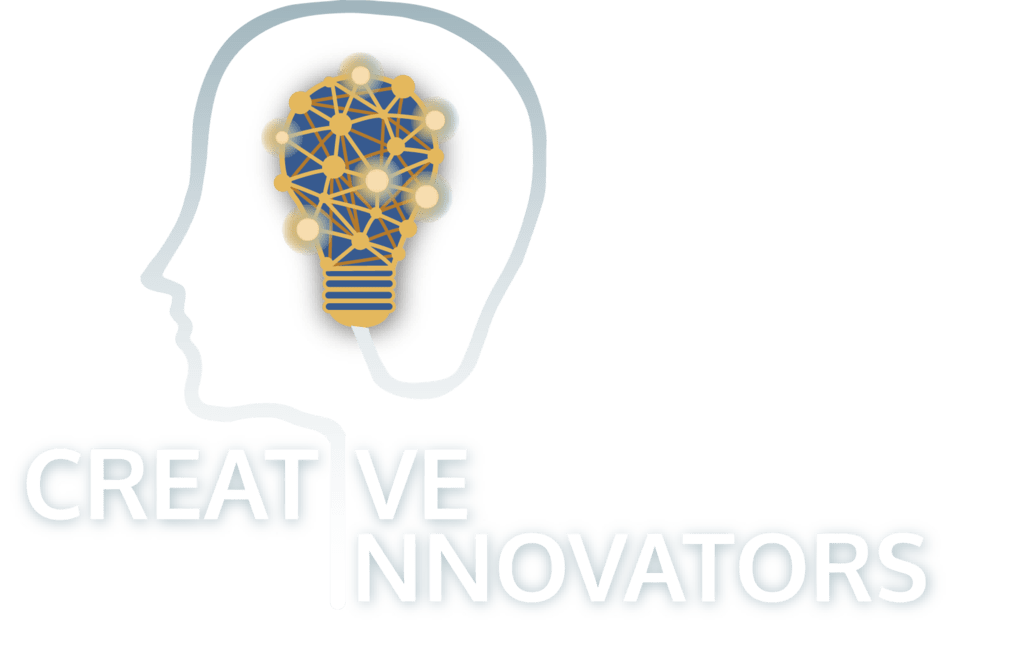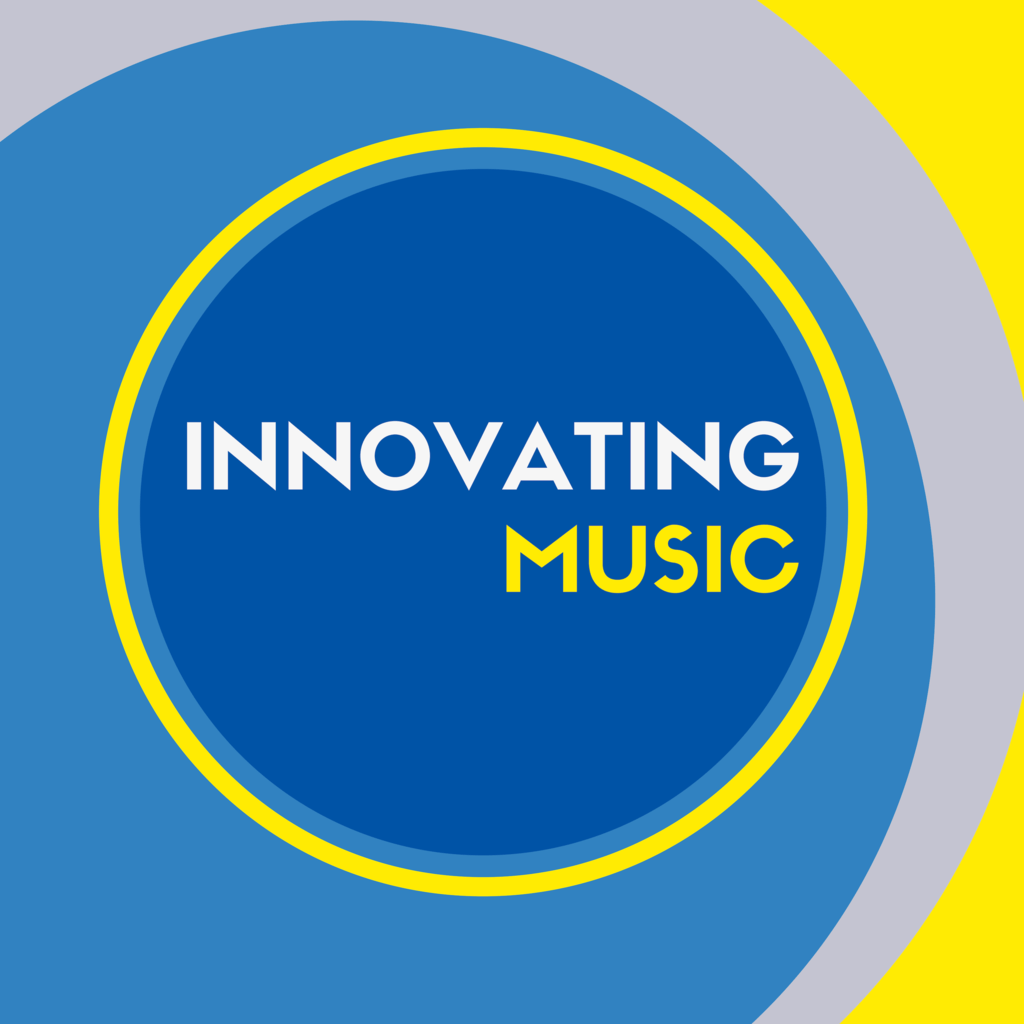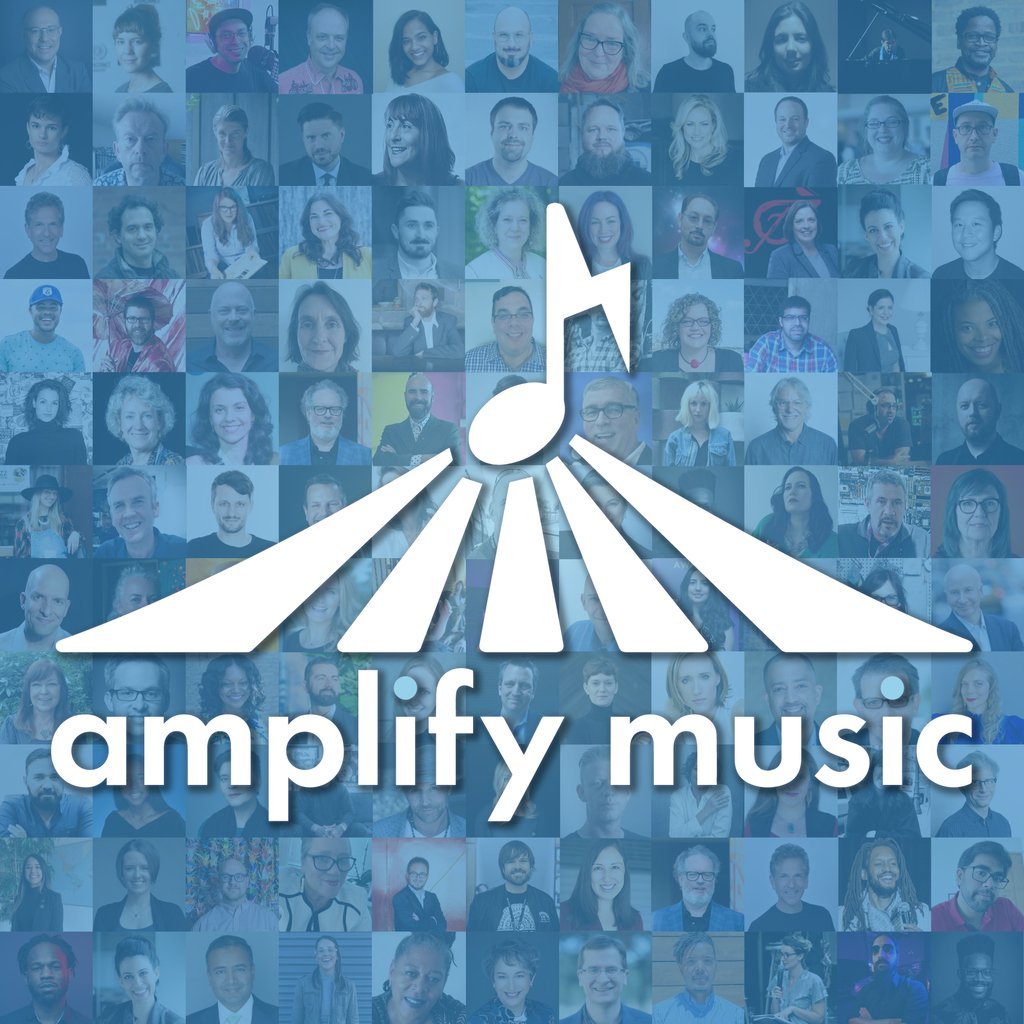
by Gigi Johnson | Feb 10, 2022 | Events and Projects, Music, Past Events, Tech+Change
Thanks for joining today’s session at the ScreenxScreen Virtual Conference on Online Tools. Online Tools are important and potentially both beneficial and distracting for artists and those who create engagement and content with them.
Background Links and Resources
Speakers
- Tony Cariddi, Amplifyd, CMO – LinkedIn – ex-Dolby, ex-Avid, lives in LA area – Twitter: @tony_cariddi
- Gigi Johnson, Amplify Music, co-Founder; Maremel Center for Creative Futures, President – LinkedIn – ex-UCLA Music Industry faculty, ex-BofA media banker, singer/songwriter; creative community activist; lives in LA Area (linktr.ee/gigijohnson – Twitter: @gigijohnson @maremel
- Leon Harrison, Bandwagon, Founder – LinkedIn – Australia – Facebook @Bandwagonhub; IG @Bandwagonhub
- Kenda Legaspi, The Creepshow, Lead singer/Rhythm Guitar; Bandwagon mentor, Toronto, ONT- Twitter: @KendaLegaspi https://twitter.com/KendaLegaspi
Mentioned During the Session
Other Resources to Check Out Tools
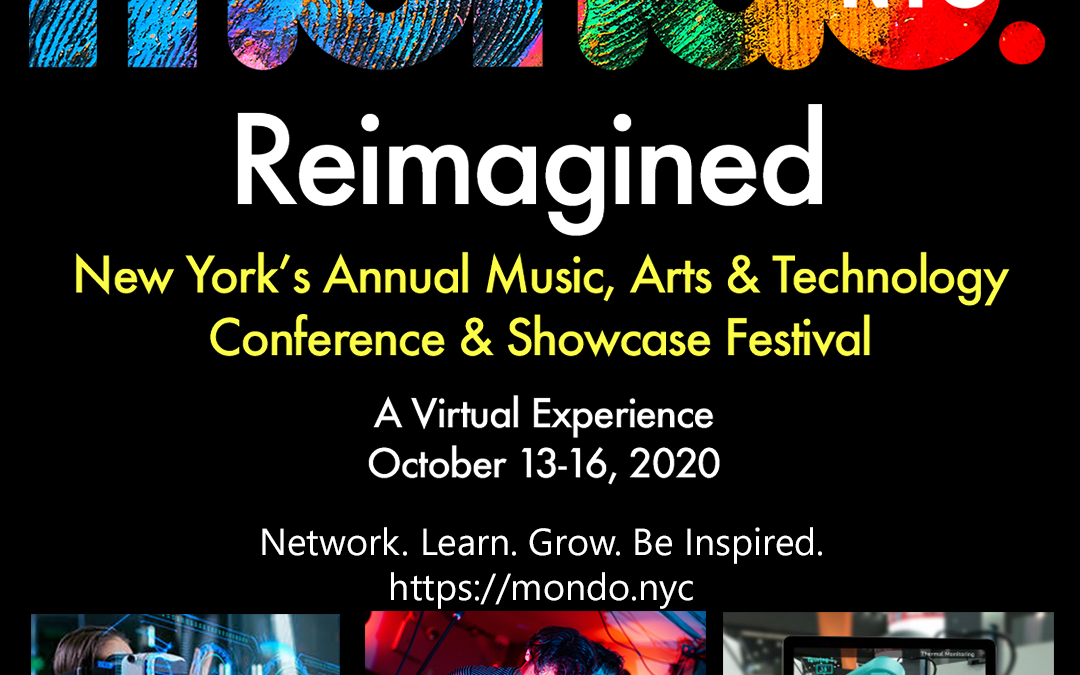
by Gigi L. Johnson | Oct 11, 2020 | Events and Projects, Future Events
MONDO.NYC
October 13-16, 2020 – ONLINE
Celebrating its fifth Anniversary, #MondoNYC is a four-day global interactive meeting and livestream conference and showcase festival, a vital pipeline of information, connectivity, and curation of great new music, cutting edge technology and innovators in the music, tech and academic world.
Gigi Johnson, our Managing Partner, is thrilled to be a Mondo 2020 partner and speaker on Tuesday, Oct. 13th at 2 pm EDT and to offer our friends 20% off registration price for the day, or entire four-day event, using code “mondo202020“.
For more info: https://www.mondo.nyc/speakers
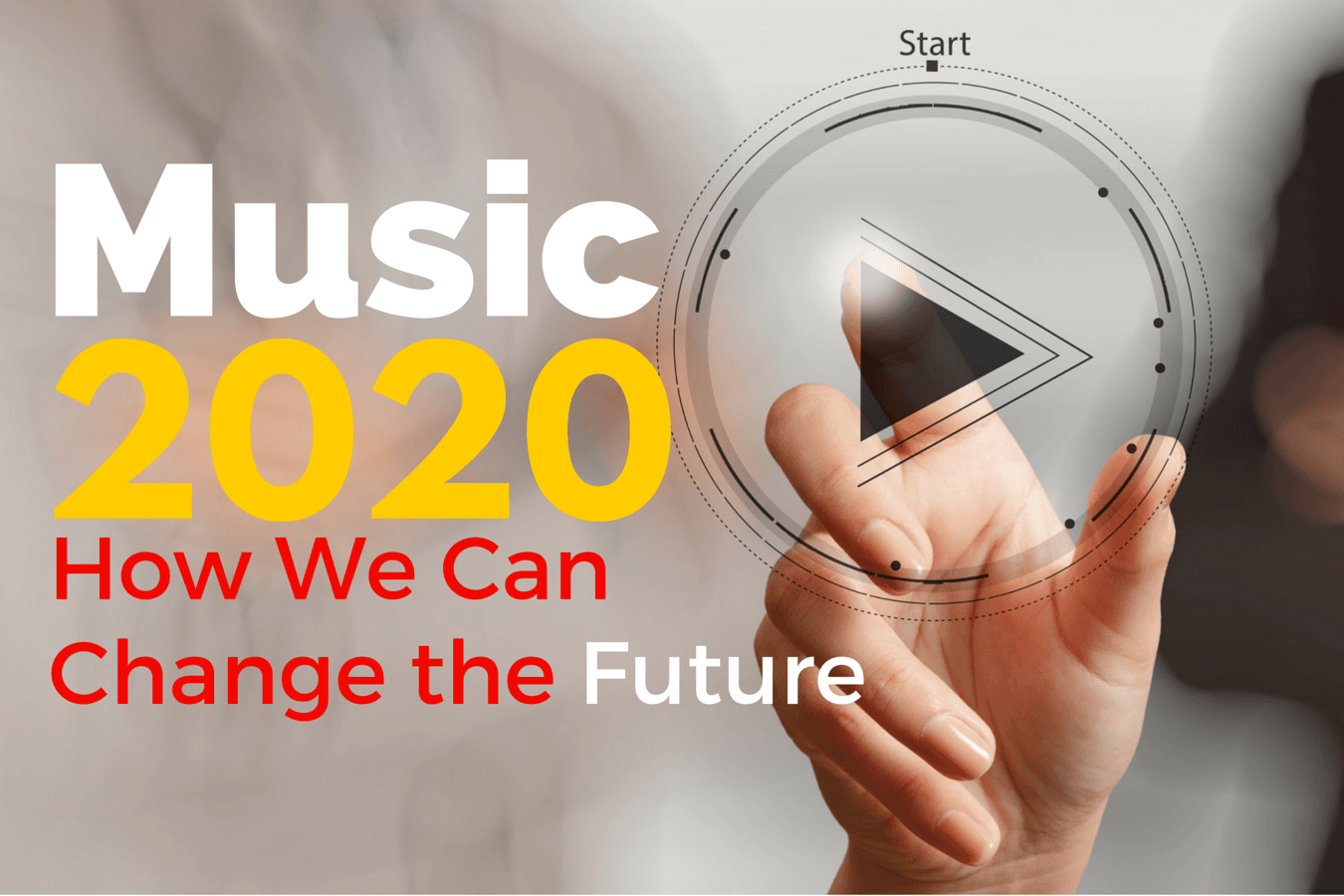
by Gigi L. Johnson | Apr 4, 2016 | Collaborating, Events and Projects, Musings: Humans + Connected Tech, News and Updates, Synthesis: Cross-Sector Shifts, Tech+Change
I spoke at SXSW Music again this year on my current favorite topic: Music 20/20 and how we can proactively affect the future. SXSW, however, is not just about speaking. It is about diving deeply into diverse ideas with diverse people. It is one of my annual addictions.
This is my 7th year going to SXSW — I think. They blur together. I started going to SXSW Interactive and enjoying the diverse voices, sharing areas I knew nothing about. I would go to session on digital changes in Latin America and Eastern Europe, meeting people I would never have seen otherwise. I learned about location-based mobile tools at SXSW first, learning what was being done on the ground from front-line users in arts, documentaries, and the like. I also hear dynamic voices that really resonate for me. I heard here first from Amber Case on tech anthropology. I first heard at SXSW about shifts in search engine trends. I first heard here about new heads-up displays for cars to keep the clutter down and compete with smartphone structures. I first heard at SXSW ideas about non-interface interfaces.
I also learned about breakfast tacos in the early years. Tacos? For breakfast?
My experience now is different. I don’t find many technologies I haven’t seen yet. Perhaps this is because I’m hip-deep in leading-edge technologies at other events from my current role at UCLA Center for Music Innovation. Maybe because the event is much heavier in startups competing for attention and big companies trying to get attention as well. The era of the breakout new tech service or product getting lots of buzz at SXSW seems to have made way for the McDonald’s custom burger, Mazda free rides, and esurance tech giveaways.
I do continue to get my favorite things from it: real-life implementations and dynamic voices. I enjoy learning from implementers on a local basis, running in-context, in-place real life examples of disruptive and collaborative tech — in use, with all its headaches and glory. I find that often the people drawn to the conversation IN the room are more intriguing than those on the dias, and conversations that follow provide all sorts of connected bridges to new engagement. In most rooms, the volunteer session wranglers needed to push everyone outside to finish conversations. . . not just about selling things and ideas to the speakers, but also to connect the folks who want to keep the conversation going in how these challenges apply in their own sector or local community.
It also continues to be a great mix of voices and use cases. This year, northern European languages abounded as people flew great distances to be in these conversations, with their own stories and questions. I met many executives and creative executives from Asia. On the US front, I met several mayors, many non-profits, and lots of university students, sharing ideas and interests.
As a result of my going to SXSWedu, Interactive, AND Music (two weeks in total), my highlights this year are a mixed bag.
Jane McGonigal at SXSWedu talking about how we can understand and think about the future. I do a lot of futurist work and hang out in that space. Her talk brought it into focus for folks wanting to understand how to be a Futurist in their everyday lives. That recording I have shared with a half-dozen people I’m working with and they are changing some of the questions they ask about the Signals they see.
The British Museum, with Samsung, using VR to take young students into the Bronze Age and see artifacts in context.
Lots of conflicting information and predictions in sessions on location-based mobile tools and big data about consumers.
Beacons, beacons, and more beacons. . . especially in retail.
New ways to make assets liquid, including MoveLoot, which helps you resell the used furniture in your home.
Battling apps about food — including finding food trucks, bringing us food on the spot, and in-app learning from videos of making food.
Cities wrestling with how to use big data and action research.
Local music venues dealing with the impact of streaming music and gentrification on local clubs.
I really enjoy the amazing speakers.
Brene Brown — live. I’m a big fangirl and have been consuming her books and audiobooks, so listening to her live was a real treat. I also brought along a friend from a big tech organization who needed to hear her messages. . . that week . . .
Ira Glass on the nature of hard work and creativity, and the difference between trying to edit documentary audio to elicit an emotional shift and writing it for feature film. (And how to make a balloon animal.)
Anthony Bourdain on how to urge your TV show crew to incorporate ideas from art films. . . and live a very big life.
Other take-aways were more contextual:
Joys of sitting in St. David’s waiting for a thunderstorm to clear while talking with 3 students and a record executive.
The crowded rooms that continue to see VR for the first time
Having people stop you in the hallway, bookstore, and bathroom to make comments and ask questions from your panel
The magic of good pulled pork and the challenge of keeping my breakfast taco intake low
The beauty of walking down a hallway in the Convention Center and despite there being more than 20,000 people in town for the event walking into people you know . . . from your own city . . .
Now back home for a short while, I think about the people I want to connect with further, to bring their local ideas into my local spheres, and ideas that I can play with and pitch for when when I come back again next year.
Gigi Johnson
President/Maremel Institute
Inaugural Director/UCLA Center for Music Innovation
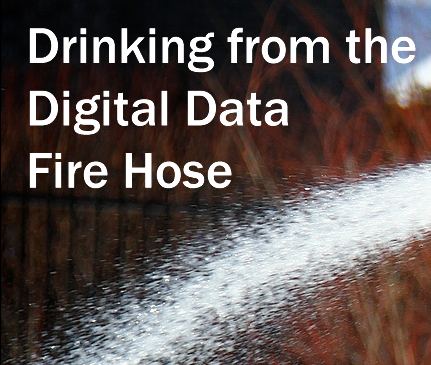
by Gigi L. Johnson | Apr 14, 2014 | "How To" Tech, Events and Projects, Musings: Humans + Connected Tech, News and Updates, Personal Innovation
 [Edited April 27, 2014]
[Edited April 27, 2014]
We happily shared some of our work at the US Department of Housing and Urban Development (HUD) OCIO Learning Session on April 17, 2014 both at their Auditorium in Washington DC and via a live Webinar, which you can as a recording below. It was hosted by Dr. Melanie Cohen (@DrMELonMGMT) from HUD.
Overview
Dr. Gigi Johnson shared five (5) steps to both grow and simplify how we can use abundant data to make better daily and strategic decisions. She addressed questions such as: How can I use the data that I can get now at a reasonable price with reasonable use of time to help my work thrive? How can I find ways to SAVE time and energy around data? How can I have the right data when I need it for decisions? and Can I create systems and structures to make this daunting task a little simpler?
;
You can find prior sessions by clicking on: http://portal.hud.gov/hudportal/HUD?src=/press/multimedia/videos
Slides
The slides can be seen at SlideShare and below:
by Gigi L. Johnson | Oct 26, 2013 | Cross-sector shifts, Events and Projects, Innovation Shifts, Synthesis: Cross-Sector Shifts, Tech+Change
Digital Hollywood has been a semi-annual ritual for us for more than five years. Our president, Dr. Gigi Johnson, moderated a panel to a packed room on “The Facebook Factor,” with the following introductory slides on the size and scale of Facebook in the United States:
by Gigi L. Johnson | Aug 16, 2013 | Education, Events and Projects, Music, Synthesis: Cross-Sector Shifts
[Revised Jan. 22, 2014]
Back in August 2013, SXSW started its crowdsourced panel picking process for 2014. Each year, thousands of people pitch great ideas to be voted on in a big crowdsourced process. According to a recent email, 700 people pitched SXSWedu (education) panels for that conference. More than 3,000 pitched for SXSW Interactive. Who knows how many pitched for SXSW Music. A person can only pitch one for each.
We submitted 3 pitches around innovation: educational, social media, and interpersonal:
- SXSWedu (March 3-6, 2013): “To MOOC or Not To MOOC: Real Questions at the Core” (http://panelpicker.sxsw.com/vote/22546).
- Pitch: MOOCs (Massively Open Online Classes) have dominated the educational trade press in both 2012 and 2013, stirring both enthusiasm and anxiety. This session will look at their impact on higher education planning, economics, and “the rest of us.” What have we learned from MOOCs? How can universities use these learnings to create our own environments for the next decade? This session will frame ways to have concrete and beneficial discussions about learnings from these broadly MOOC-labeled experiences in our blended university environments. Questions can arise beyond the economics of learning at scale, focusing on the learning science, design, and differences in qualities, as well as the real learning outcomes. With this lens, we also can examine what “works” in the 700-person lecture hall and in more intimate distributed learning platforms.
- Find a supporting Prezi at http://prezi.com/4v2xo7rreyur/to-mooc-or-not-to-mooc)
- SXSW Interactive (March 7-11, 2013): “Pixelating Reality: How Smartphones Shift Now“ (http://panelpicker.sxsw.com/vote/24245).
- Pitch: Many of us carry smartphones wherever we go. Increasingly, we are leaning on them as active and passive gathering devices of data and images. Google Glass and other recording devices bring the question further front and center—how is our recording and perpetually digitally checking in affecting our everyday lives? How are those check-ins and recordings shifting our being “present” in our shared Now and Here? Are we increasingly taking the opportunity to be digitally Elsewhere and not Present?
- Find my supporting YouTube video at http://youtu.be/VdTW_82j3G4.
- SXSW Music (March 11-16, 2013): “Building Your Digital Brand Using Social Media” (http://panelpicker.sxsw.com/vote/24226).
- This ties into my Udemy course and my UCLA Music course as well, plus benefits from work this summer in helping relaunch a long-time software product.
- Pitch: The digital world for musicians continues to change dramatically. We can self-market and create communities directly with listeners and also can thrive in online communities with influencers and other musicians around the world. Digital has transformed not just the way we get the word out, but also how we create and collaborate. Internet marketing has morphed into Internet community crowdsourcing of rich relationships—a very different world for musicians and musical organizations. How can you – a busy musician and/or support team – use the resources of social media to use your time, energy, and money well to create your long-term audience and profitable Super Fans?
- Find a supporting Prezi at http://prezi.com/apns-9wld0vo/building-your-digital-brand-using-social-media/.
We were thrilled that our favorite won: Pixelating Reality. You’ll be able to join that session at SXSW on March 11 at SXSW Interactive.






 [Edited April 27, 2014]
[Edited April 27, 2014]